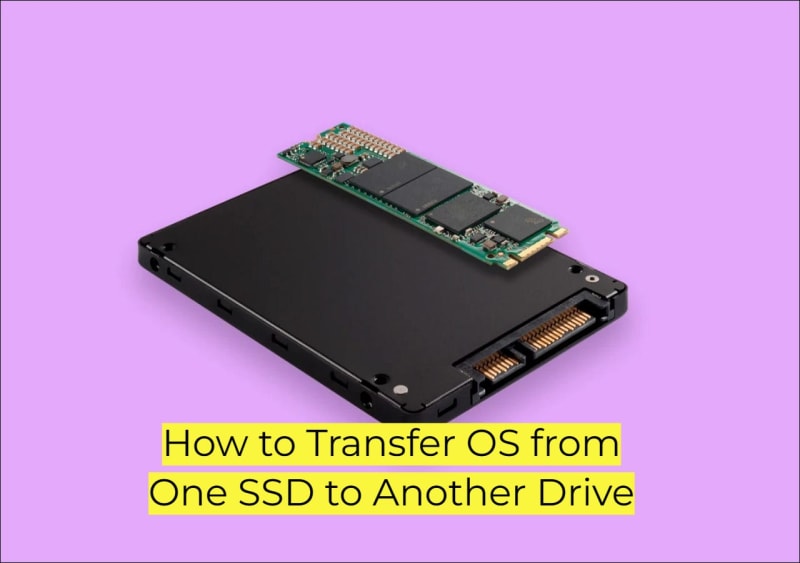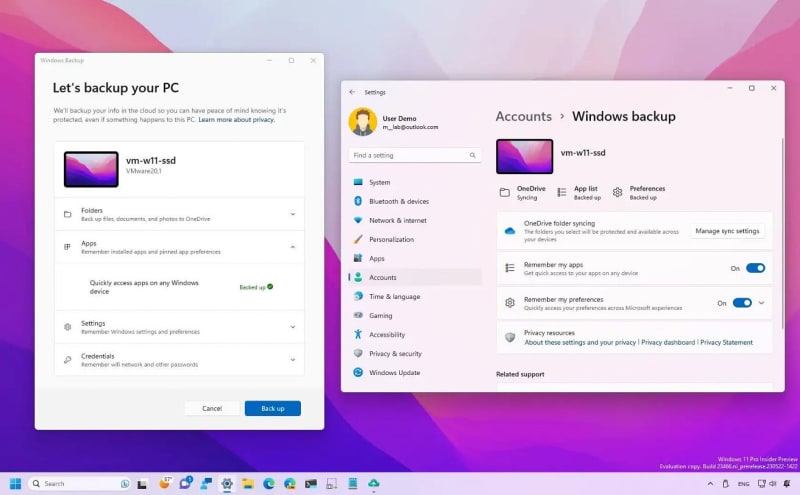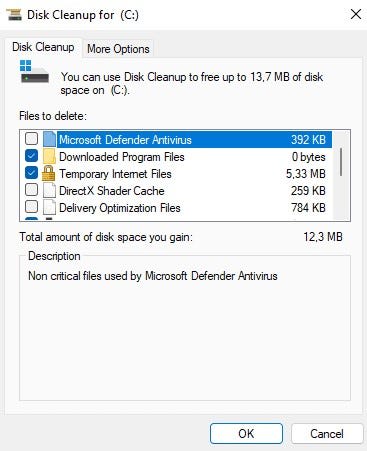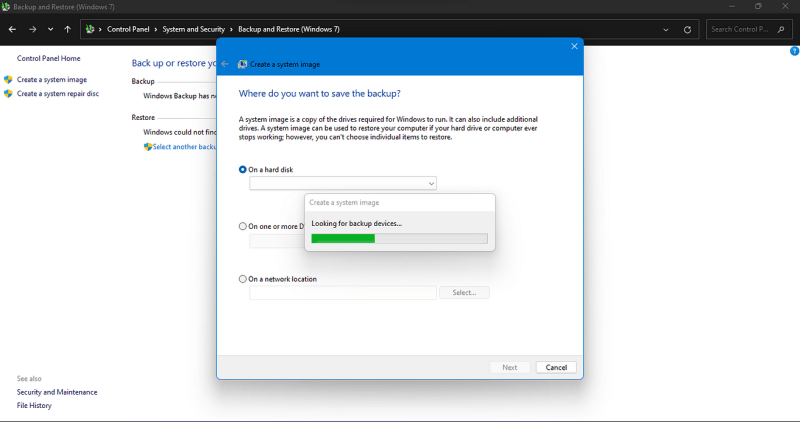Introduction
Wondering how to transfer OS from one ssd to another? Smoothly migrating your OS is crucial whether you’re upgrading to a bigger SSD for storage, replacing a malfunctioning SSD, or improving speed.
Transferring an OS from one SSD to another requires retaining system configurations, settings, and functionality to avoid data loss and compatibility difficulties. For Windows users, a well-functioning OS is essential for productivity and efficiency.
This detailed article will explain how to transfer OS from one ssd to another via trusted system cloning applications like EaseUS Disk Copy and built-in Windows utilities. Following our instructions will provide you with the knowledge and skills to successfully migrate your OS to your new SSD without affecting system integrity or speed. Let’s get started!
how to transfer os from one ssd to another
Why Do You Transfer OS from One SSD to Another Drive
Users often move their Windows operating system from one SSD to another for a number of reasons, most of which improve their computing experience. To appreciate the benefits of this change, one must comprehend the reasons behind it.
1. Upgrading Storage Capacity:
Transferring the OS from one SSD to another is mainly done to increase storage capacity. As SSD technology progresses, more excellent storage choices become accessible, enabling users to meet growing data demands, multimedia files, and applications. Upgrading to a larger-capacity SSD provides plenty of room for future storage demands, eliminating the difficulty of continually managing restricted storage space.
2. Improving Performance:
System performance may improve after switching operating systems. Newer SSDs feature quicker read and write speeds, which accelerate application loading and system performance. Switching to a faster SSD may enhance responsiveness and productivity, mainly when conducting resource-intensive tasks or running demanding software.
3. Replacing Failing SSD:
If the current SSD fails or has reliability concerns, moving the OS to a new SSD is necessary. By transferring the operating system to a robust and reliable SSD, users may avoid data loss, system crashes, and possible hardware failures, assuring continuous access to their files and apps.
4. Ensuring Data Integrity and Compatibility:
Moving the operating system from one SSD to another maintains data integrity and compatibility across hardware platforms. Users may smoothly shift to a new SSD while keeping system configurations, settings, and preferences, avoiding compatibility concerns or interruptions to their working environment.
2 Ways to Transfer Windows OS from One SSD to Another Drive
Users may move the Windows OS from one SSD to another using two ways, with their details and steps. We’ll compare these strategies’ efficacy, describe them briefly, and assess their difficulty to help you choose the best one.
Way 1. Using System Clone
When it comes to transferring the Windows operating system from one SSD to another, system clone software such as EaseUS Disk Copy stands out as a solid option. This strategy enables a smooth migration by maintaining system configurations and data integrity during the transfer.
EaseUS Disk Copy offers a complete OS migration solution for SSDs. Its straightforward interface and rich functionality make cloning easy, allowing customers replicate their system configuration.
Efficiency: EaseUS Disk Copy’s excellent performance simplifies the cloning procedure, allowing customers to transfer their operating system quickly and effectively. Its innovative algorithms allow a smooth transition while maintaining data integrity and system stability.
Versatility: Whether you’re upgrading your SSD, replacing a malfunctioning drive, or optimizing your storage configuration, EaseUS Disk Copy can meet your cloning demands. The SSD cloning software offers disk cloning, system cloning, and partition cloning, enabling versatility and compatibility in a variety of circumstances.
Reliability: When copying your operating system, safety comes first, and EaseUS Disk Copy prioritizes data security and system reliability. Users may be confident that their machine will correctly boot from the cloned disk, ensuring a smooth transfer to the new SSD with no disruptions.
Way 2. Using Windows Built-in Tool
Alternatively, users may utilize Windows’ built-in utilities to move the Windows OS from one SSD to another. This approach makes use of natural characteristics in the Windows operating system, making it a simple and accessible alternative for OS conversion. Follow the steps for Transferring Windows OS Using Windows Built-in Tool:
Step 1. Prepare the Source Disk:
· To avoid data loss during migration, ensure that any vital data on the source disk is backed up beforehand.
· To generate a File History backup of relevant data, use the native Windows function “Windows Settings” -> “Backup”.
backup data
Step 2. Prepare the Destination Disk:
· To prepare the destination SSD, connect it to your computer using a wired connection and review its characteristics. Ensure that the SSD has enough space to store your Windows data.
· Use the “Disk Cleanup” tool to clear up space on the SSD and format it if needed.
perform disk cleanup
Step 3. Create a Windows System Image
· To create a Windows system image, go to “Control Panel” -> “Backup & Restore” and pick “Create a system image” from the sidebar.
create a system image
· Select the system image’s target disk, OS partition, and any other disks to include.
· Follow the on-screen instructions to start the system image process and wait for it to finish, which might take up to an hour with Windows 11.
Step 4. Install New Windows on SSD
Once the System Image is done, install the new OS on your SSD. After Windows installation, you can remove the hard drive and install the SSD in your PC.
Conclusion
Transferring Windows from one SSD to another drive may be done quickly using numerous approaches. Users may move their OS without losing data or system stability using system clone software like EaseUS Disk Copy or built-in Windows utilities. Users may maximize their computing experience by knowing the reasons for OS migration and its advantages. OS migration is a realistic way to increase storage space, system performance, or SSD replacement.
Migration safety and dependability are crucial regardless of technique. Data security and system integrity are essential for effective transfers, whether using third-party applications or Windows features. Transferring Windows to a fresh SSD improves storage, speed, and reliability. Users may easily migrate to their new SSD without sacrificing productivity or functionality with the correct tools and instructions.
Freqeuntly Asked Questions [FAQs]
1. Can I transfer an OS from an HDD to an SSD?
Yes, you may migrate an OS from an HDD to an SSD with EaseUS Disk Copy or Windows features. Compatibility and adequate migration techniques prevent data loss and system faults during transfer.
2. What if my new SSD is bigger than the original one?
Transferring the OS is fine if your new SSD is bigger. Make sure the destination SSD has enough space for the OS and any data. The excess storage may be used for storage later.
3. Can you put a system image on a USB drive?
A USB drive can contain a system image. Select the USB device as the destination for a system image created using Windows Backup and Restore or third-party applications. The USB device should have adequate capacity for the system image file.











Top comments (0)